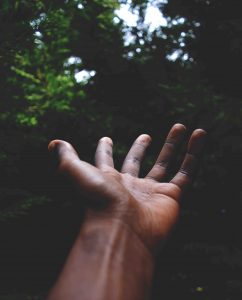A 19-year-old man and seven others are accused of forcing their way into a Louis Vuitton store and stealing an estimated $77,000 in merchandise. In this case, each of the bags had trackers in them, and police were able to recover the trackers along the interstate. From the trackers, they were able to recover a palm print along with “other evidence” that placed one suspect at the scene of the crime.
In terms of retail theft, the type of charge you face is related to the value of the merchandise. The law was updated in the past few years and now it is a felony to steal any merchandise valued at $1,000 or more. Prior to that, you only had to steal $150 worth of merchandise to qualify for a felony. However, due to inflation, the law was updated to reflect the minimal amount of buying power that $150 represents.
Those charged with felony retail theft can never expunge the offense from their record. Those charged with misdemeanor retail theft can. Hence, the stakes are quite high for 19-year-olds charged with retail theft. The state will still have to prove that the value of the stolen merchandise was greater than $1,000. Additionally, the palm print evidence may not be as strong as fingerprint evidence.
 Chicago Criminal Lawyer Blog
Chicago Criminal Lawyer Blog




